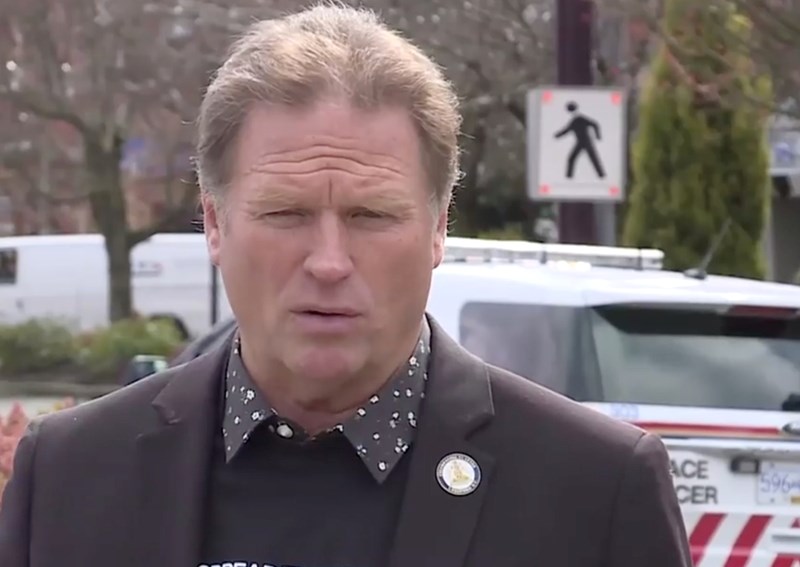The City of Langford has a good idea that is contributing to the fight against COVID-19. But it looks like they’re pushing it too far.
An initiative started by a pharmacist and a doctor and adopted by the city is busy tending to the concerns of people across the West Shore who are worried about symptoms. They’re also doing a small number of actual tests for the virus. That runs counter to provincial health officer Dr. Bonnie Henry’s views on how testing should be done.
And opposing her policies is not a good place to be right now.
A freelance effort that uses a valuable test kit and takes up lab time to mostly reassure a haphazard selection of individuals that they just have the sniffles, rather than the disease, doesn’t fit with her game plan.
That plan is focused on maximizing the testing of the higher risk groups, which are health care workers and people in long-term care and assisted living facilities.
The theory is that you look for the virus where you’re most likely to find it, and/or where it will do the most damage.
It’s hard to argue with that logic. But the COVID-19 Langford project is dabbling at this point in work that departs from that stance.
Henry has twice expressed doubts about the testing component of the project.
While praising the main thrust of Langford’s program, which is providing local information and helping anxious citizens with support, she was dubious about the testing.
On March 20 she said: “We have changed our testing strategy to make sure that we can more effectively target the highest risk, and the high priority tests.
“So somebody randomly doing tests in Langford would not meet the priority criteria, necessarily. So I don’t think that’s a good use of resources.”
The Langford program continued, regardless. Henry stuck to her position this week, saying the testing is not a good use of resources.
The rest of the program could be extremely helpful, she said, in supporting people with mild illness, helping them isolate, and connecting them with care providers. But the testing is an unnecessary diversion of resources.
It’s a fairly minor difference at this point. The program only reportedly obtained about 50 test kits and is using them sparingly.
There are about 20 left, Langford Mayor Stew Young said Wednesday. He was disappointed with the criticism. “She should take all the help she can get.” He was adamant that local testing should continue and testing in general be expanded on a massive scale.
Henry said at her Wednesday briefing B.C. has one of the highest per capita test rates in the world, with over 40,000 done to date. Some surveillance testing is done outside of the focus on health workers and care homes, she said.
“Our strategy has changed to focusing on where it makes the most difference and gives us the most information.”
The difference is a break from the mostly united, cohesive approach that’s been on display so far.
It’s too soon to say if that approach is going to work. Henry and all the other officials are the first to acknowledge that.
But it seems clear that the single line of authority makes for much better coordination.
Health Minister Adrian Dix dwelled on that aspect of B.C.’s management of the pandemic so far.
“We’ve had a provincial approach from the beginning,” he said.
Henry and deputy health minister Stephen Brown head a structure that oversees all the health authorities. Other provinces have more decentralized approaches. Ontario, for instance, has faced criticism of its testing program because different agencies are running different parts of it.
Dix said there have been huge advantages to a single provincial approach and they will continue.
The Langford project’s use of COVID-19 testing outside the Health Ministry’s protocol is a small wrinkle. But if other municipalities or different agencies start trying to copy, it will weaken the unified management of testing and bleed off authority from where it is now — in the hands of a provincial health officer who looks like she knows what she’s doing.



